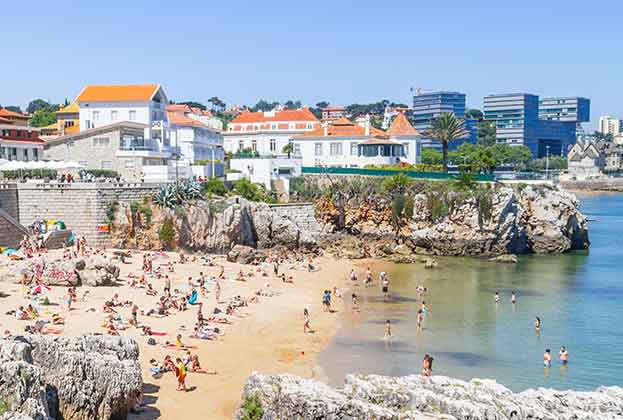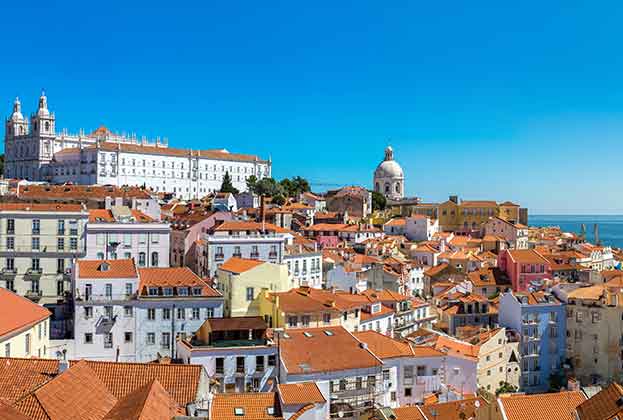Covid-19 and the subsequent lockdowns significantly disrupted global real estate markets. While the longer trends are still developing, the immediate impact of the pandemic on prime residential values in cities around the world has resulted in a fall of 0.5 per cent for capital values, according to Savills Prime Residential World Cities Index, released today.
Global uncertainty was already weighing on prime residential markets in 2019, with modest falls of 0.3 per cent recorded in the last six months to December 2019. Combined, the annual average price movement turned negative for the first time since 2009, down 0.8 per cent for the year to June 2020.
Just nine out of the 28 cities monitored saw positive prime capital value movements over the first six months of 2020. The markets which have held up best are generally characterised by strong domestic demand and limited supply. These factors are particularly prevalent in a number of European cities in the Savills index.
Seoul and Moscow recorded the strongest price rises with an increase of 5.5 per cent. Seoul’s market has been on an upward trend for the past few years and the prime residential market in Moscow is driven predominant by domestic demand. Covid-19 caused the price of oil and the value of the Russian ruble to fall sharply, driving capital into the property market.
Elsewhere in Europe, the best performers were Berlin, Amsterdam and Paris with six month price growth of 3.1 per cent, 3.0 per cent and 1.2 cent respectively. These European capitals have seen high level of demand and a shortage of supply, driving price growth even during the pandemic and associated lockdowns.
In China, pent-up demand and credit easing from the Chinese central bank saw values rise in some Chinese cities, with Shenzhen, Hangzhou and Shanghai experiencing marginal prices rises during this period of 2.0 per cent, 1.9 per cent and 1.2 per cent. Conversely, Beijing and Guangzhou saw minimal price falls of -0.2 per cent and -0.7 per cent.
Mumbai saw the largest decline over the first half of 2020, down 5.8 per cent. Elsewhere in Asia Pacific, Sydney, Hong Kong and Bangkok also experienced falls as the impact of Covid-19 weighs on the market.
In the US, Los Angeles saw the largest price falls in the first six months of the year, down 4.70 per cent. The city has been badly impacted by the pandemic and unemployment rose to 20.6 per cent in May, up from just 4.6 per cent in February. New York has also been badly impacted, with the city also dealing with oversupply in the prime market and values had already been moving downward over the past few years as a result.
Looking forward, although much depends on the economic situation, which is still materialising in a lot of cities, it’s important to remember that this is not an financial crisis as it was in 2008 and we’re not anticipating the falls in values that were seen during that period.
We expect some cities to outperform others. Over the second half of 2020, we’re forecasting Amsterdam, Lisbon, Seoul and Moscow to see the strongest growth.
And over the next five years, Lisbon and Amsterdam are expected to stay in the top performers list, joined by Berlin, Paris, Miami and San Francisco.
.jpg)




.jpg)

.jpg)


